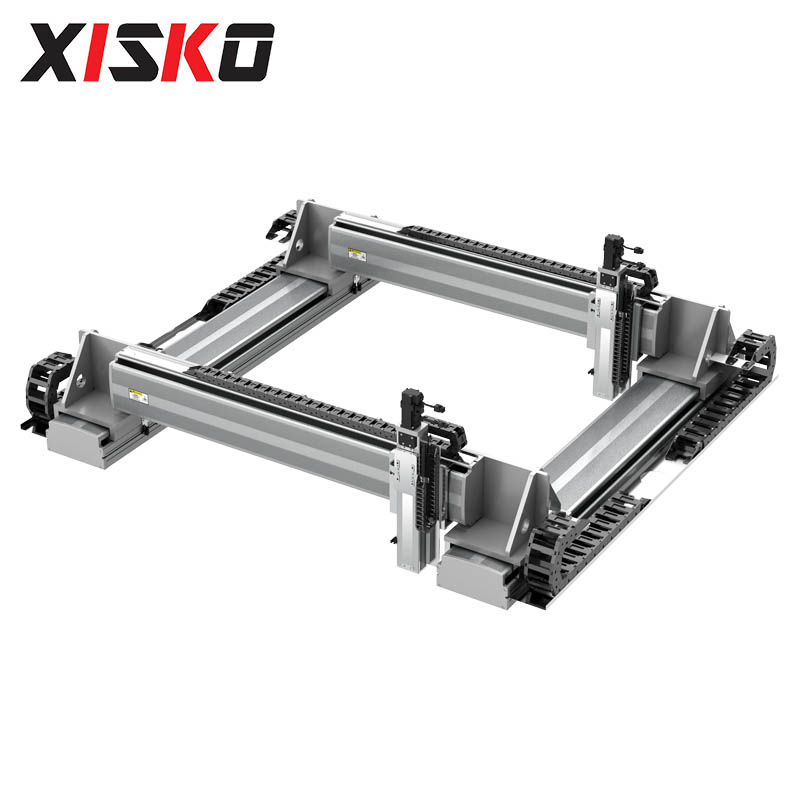

Which is more suitable for the toy industry, linear motor or stepper motor
In the field of toys, both linear motors and stepper motors have their own application scenarios and advantages, making it difficult to generalize which one is more suitable. The following is a detailed analysis of the application of both
in the toy industry:
Application of Linear Motors in the Toy Industry
Linear motors can directly generate linear motion and have advantages such as high precision, high acceleration, low maintenance, and environmental friendliness. These characteristics make linear motors have broad application
potential in the field of toys. For example:
Action simulation: Linear motors can be used to simulate various linear movements, such as the runway movements of racing cars and airplanes, bringing more realistic action effects to toys.
Interactive experience: In interactive toys, linear motors can drive various interactive devices, such as straight-line driving of toy cars, shooting of toy guns, etc., enhancing the interactivity and fun of toys.
The application of stepper motors in the field of toys
Stepper motors achieve precise positioning, rotation, and stopping by controlling the currents of each phase, and have the advantages of simple control and low cost. In the field of toys, stepper motors are also widely used:
Precision positioning: The high-precision positioning capability of stepper motors makes them an ideal choice for precision control components in toys, such as steering and driving control in toy robots and toy cars.
Action control: Stepper motors can precisely control the movements of toys, such as the rotation of the doll's head, blinking of the eyes, etc., adding more vivid and interesting elements to the toy.
Price advantage: Compared to linear motors, stepper motors are more affordable, which makes them more widely used in the toy industry.
Overall consideration
When choosing a linear motor or stepper motor, it is necessary to consider factors such as the specific needs of the toy, cost budget, and technical implementation. For example:
Toy type: For toys that require high-precision linear motion, such as simulated racing cars, airplanes, etc., linear motors may be more suitable; For toys that require precise positioning control, such as robots, toy cars, etc., stepper
motors have more advantages.
Cost budget: The price of linear motors is relatively high, while the price of stepper motors is more affordable. Therefore, in the case of limited cost budget, stepper motors may be a better choice.
Technical implementation: The control of linear motors is relatively complex and requires high-precision control systems; The control of stepper motors is relatively simple and easier to implement. Therefore, in terms of technical
implementation, stepper motors may have more advantages.
In summary, both linear motors and stepper motors have their own application scenarios and advantages in the field of toys. When choosing, it is necessary to comprehensively consider factors such as the specific needs of the toy,
cost budget, and technical implementation.
Related article reading recommendation: Which is better, linear motor or stepper motor
Tel
